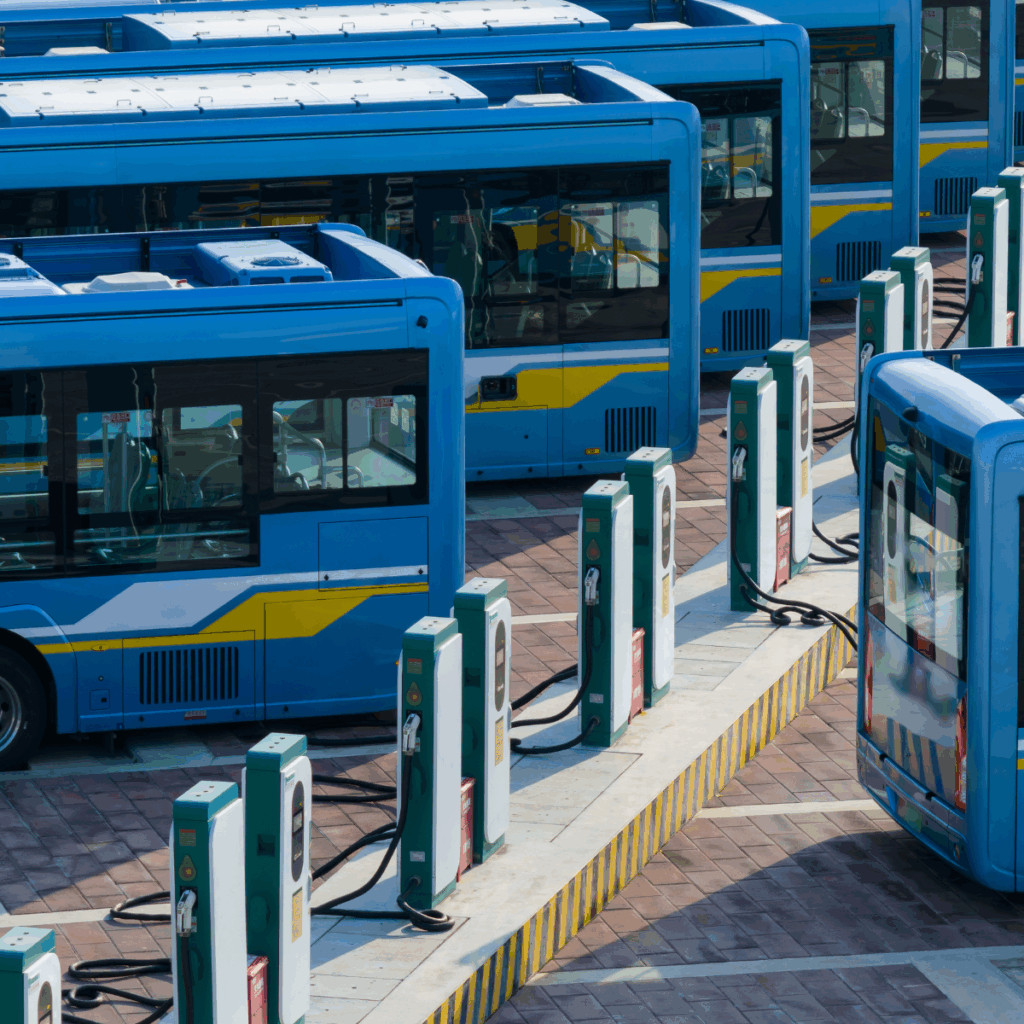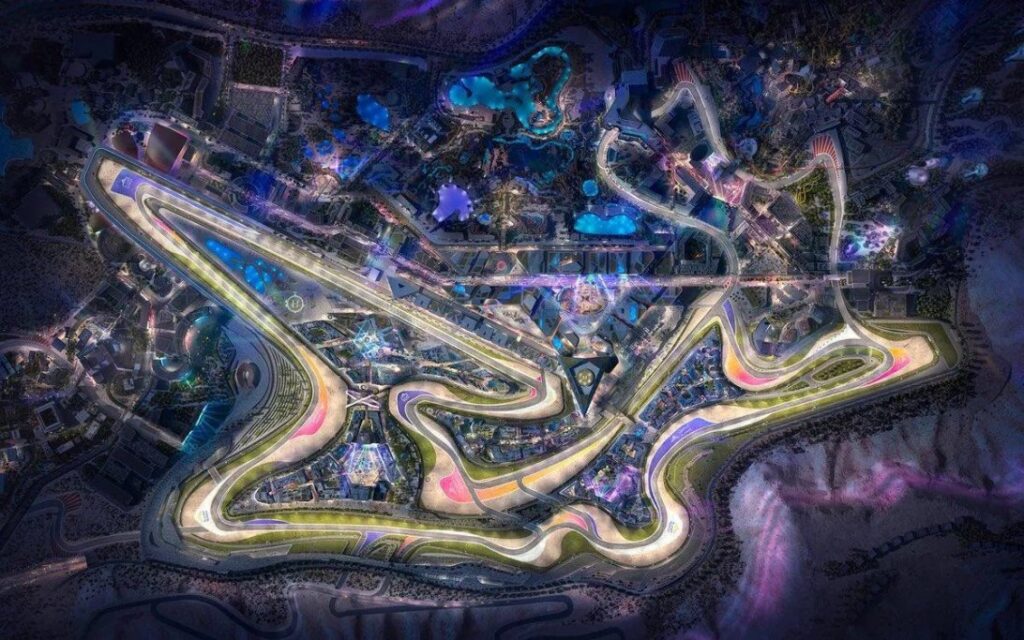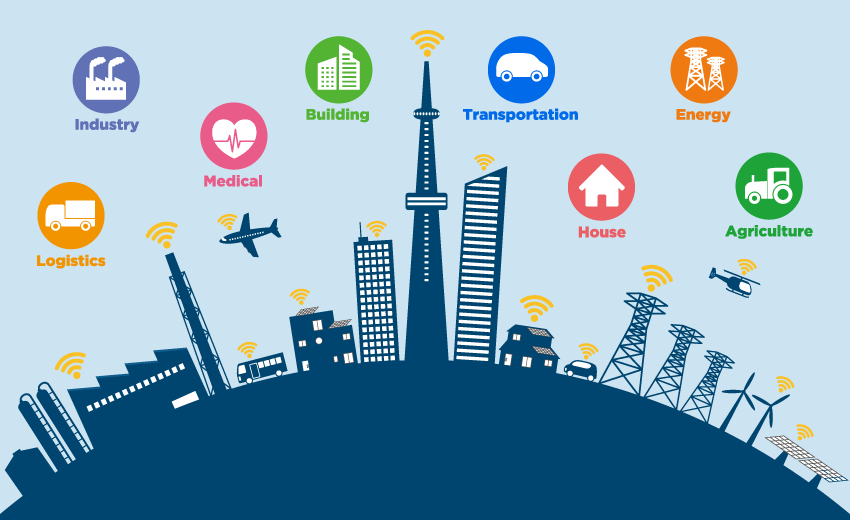Introduction: The Rise of IoT Public Services
In recent years, the Internet of Things has moved from a futuristic concept to daily reality—especially in emerging economies. These regions are overcoming traditional infrastructure challenges by using Internet of Things (IoT) solutions to streamline public services. From waste management to real-time traffic monitoring, IoT is transforming the way governments serve their citizens.
Thanks to lower hardware costs, growing connectivity, and smarter platforms, the Internet of Things has become a powerful tool for modernizing public services. Below, we explore five key ways IoT is driving this transformation.
1. Smart Waste Management for Cleaner Cities
Optimizing Collection Routes
IoT sensors placed in waste bins detect fill levels in real time. These insights help municipalities plan optimized routes, reducing fuel use and labor costs. As a result, cities can prevent overflowing bins and improve public hygiene.
Data-Driven Planning
Collected data also helps identify high-waste areas, guiding urban planning and improving resource allocation. Such data is particularly beneficial for emerging economies, as it addresses issues where traditional systems fall short.
2. Intelligent Water and Energy Monitoring
Preventing Losses Through Smart Metering
IoT-enabled meters monitor water and electricity consumption at a granular level. When leaks or abnormal usage are detected, the system automatically alerts the utility company,allowing for faster repairs and reduced losses.
Empowering Citizens to Save
Through mobile apps and dashboards, consumers gain insights into their consumption patterns. This transparency encourages more efficient usage, reducing strain on public infrastructure and lowering household expenses.
3. Enhancing Public Safety and Emergency Response
Real-Time Surveillance and Alerts
IoT surveillance systems use motion sensors and smart cameras to detect unusual activity. These systems can also trigger immediate alerts to authorities, which reduces response times and enhances public safety.
Disaster Preparedness
IoT sensors monitor environmental conditions such as air quality, seismic activity, and flood risk. These systems are particularly useful in vulnerable regions because they allow for quicker evacuation and mitigation plans during disasters.
4. Smarter Public Transportation Systems
Predictive Maintenance for Public Vehicles
Public buses and trains equipped with IoT sensors can alert authorities about potential mechanical issues before they cause service disruptions. This reduces downtime and improves reliability.
Real-Time Passenger Information
Digital signage and apps connected to IoT systems provide accurate and up-to-date information about arrival times and service changes. These features allow commuters to enjoy smoother, more predictable transit experiences.
5. E-Government and Urban Planning Insights
Data for Better Decision-Making
Smart cities are using IoT to gather data on everything from foot traffic to noise pollution. This information helps government officials make better, faster decisions about zoning, infrastructure, and services.
Engaging Citizens Through Transparency
By making this data accessible to the public, cities foster a sense of participation and trust. Digital dashboards, open data portals, and citizen feedback platforms create a more collaborative urban future.
Conclusion: Bridging the Gap Through IoT Public Services
As IoT public services continue to evolve, they are becoming a cornerstone of sustainable development in emerging economies. a cornerstone of sustainable development in emerging economies. The applications are as diverse as they are impactful, ranging from water conservation to responsive governance.
Explore how MTi Arabia can help you leverage these trends to revolutionize your city. Contact us here.



